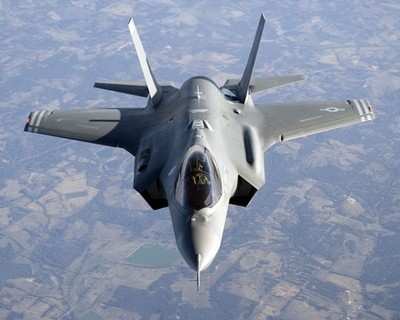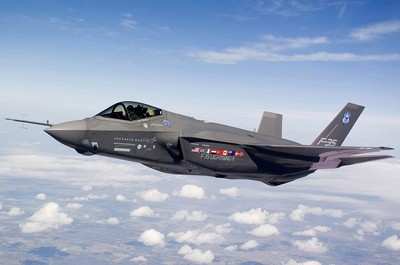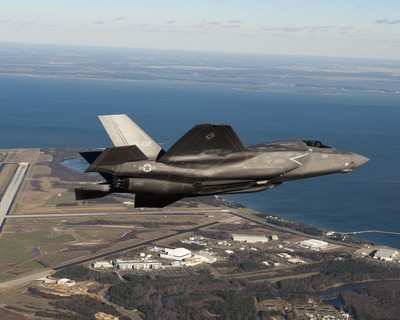Program Was Nearing Possible "Nunn-McCurdy" Cancellation
Deadline
Defense Department leaders and Lockheed Martin executives
explained changes that have been made in the Joint Strike Fighter
program to their international partners this week. Ashton B.
Carter, the department's undersecretary for acquisition, technology
and logistics, and Robert Stevens, chief operating officer for
Lockheed Martin, the prime contractor for the program, explained
what measures Defense Secretary Robert M. Gates has taken to right
the program.

A department study of the program completed in October found the
development phase of the revolutionary aircraft had slipped by 30
months. Gates has made changes that will reduce the slippage to 13
months, Carter said Thursday. He was able to report to the
partners that the Joint Strike Fighter program now has a realistic
plan and "not a blindly optimistic one" or a "fatalistic one."
The undersecretary also said the study identified management
measures to improve performance over the coming years. "I want to
emphasize that this process of independent review and aggressive
management to specific milestones will continue," he said.
Carter emphasized that the review turned up no fundamental
technological or manufacturing problems with the JSF program and no
failure to make military capabilities. He reiterated that the Joint
Strike Fighter will be the backbone of collective air superiority
for the next generation.

The report showed the JSF program was taking longer and costing
more than either the government development office or the
contractor had predicted, Carter said. "This schedule and cost
trend was unacceptable for the taxpayers of the U.S. and for the
other eight nations," he said. "The schedule slip was estimated at
30 months in the development program. The cost of the airplanes had
grown since 2002 and that for a variety of reasons the JSF program
would breach the Nunn-McCurdy threshold." The Nunn-McCurdy law
requires that Congress be notified of a cost growth of more than 15
percent in a program. It also calls for cancellation of programs
for which total cost grew by more than 25 percent over the original
estimate.
"We didn't wait for the Nunn-McCurdy paperwork to play out," the
undersecretary said. "We began to review and restructure the JSF
program as though it were already in Nunn-McCurdy breach and the
results of that review and restructuring were subsequently
described by Gates."
Gates announced the restructuring of the JSF program, which is
the most expensive acquisition in U.S. military history, in early
February. The objective is to restore the schedule in the
development program. "We assessed that this was feasible and was
possible to reduce the slip in the development program from 30
months to 13 months and that we could realistically plan on that
basis provided we took some immediate management steps," Carter
said. That means procuring one more carrier variant aircraft and
additional regular aircraft to conduct flight testing "with the
idea of hastening the completion of the program," he said.
The changes also call for development of aircraft software
capability. "All of these steps were directed in the restructuring
and that's the first steps in the effort to buy back some of the
slips in the development program," Carter said.

The defense secretary did not believe it was reasonable for the
customers to bear all the costs of those actions, and decided DoD
would withhold $614 million of the award fee from the contract,
Carter said. "We will be adjusting contract structures in the
future to align contractor performance to what we need," he
said.
The restructuring allows for contractors to adopt a more
realistic schedule and production ramp, and gives Lockheed Martin
and subcontractors every opportunity "to accelerate production and
make affordable aircraft, faster," he said.
 Classic Aero-TV: In Praise of Alabamas Patriot Aircraft USA
Classic Aero-TV: In Praise of Alabamas Patriot Aircraft USA NTSB Final Report: Cirrus Design Corp SR22
NTSB Final Report: Cirrus Design Corp SR22 ANN's Daily Aero-Term (12.21.25): Dead Reckoning
ANN's Daily Aero-Term (12.21.25): Dead Reckoning ANN's Daily Aero-Linx (12.21.25)
ANN's Daily Aero-Linx (12.21.25) Aero-News: Quote of the Day (12.21.25)
Aero-News: Quote of the Day (12.21.25)





